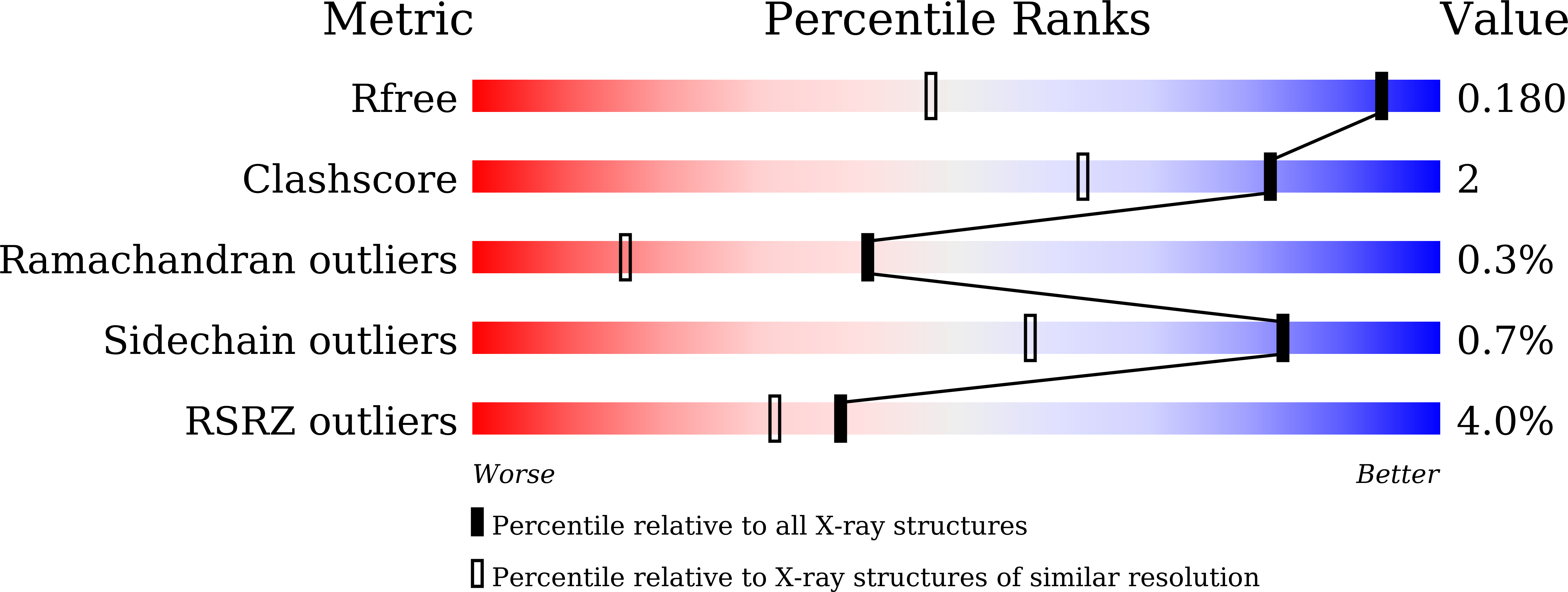
Deposition Date
2022-05-05
Release Date
2023-05-17
Last Version Date
2023-12-06
Entry Detail
PDB ID:
7XPO
Keywords:
Title:
Crystal Structure of UDP-Glc/GlcNAc 4-Epimerase with NAD/UDP-Glc
Biological Source:
Host Organism:
Method Details:
Experimental Method:
Resolution:
1.25 Å
R-Value Free:
0.17
R-Value Work:
0.14
R-Value Observed:
0.14
Space Group:
P 1 21 1


